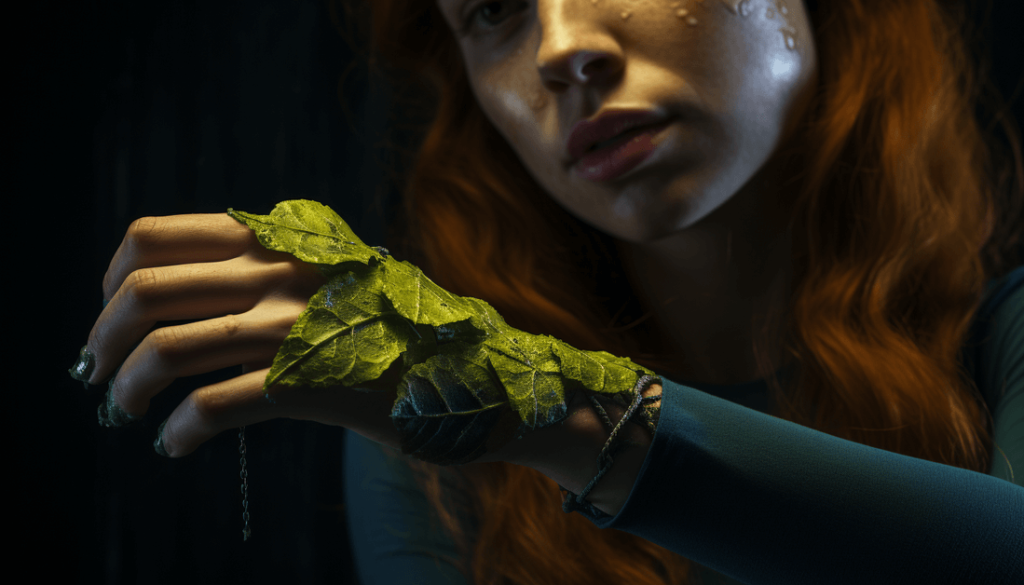
When someone is exposed to poison ivy, it’s common to see redness and swelling on his skin. While most people know that poison ivy causes a rash on contact, not everyone knows how to treat it once they’ve been exposed to it—and knowing if to cover it or not after exposure can make all the difference.
Do you need to wrap or cover poison ivy rash? Or should you leave the rash alone?
What Is Poison Oak And Poison Ivy?
Poison ivy Rash is a plant containing an oil called urushiol, which causes the skin to become very itchy, swollen, and blistering if touched. The oils in the plant are not only found on the leaves but also on the stem and roots of the plant. This means that touching any part of the plant can result in an allergic reaction in some people.
Covering the area with a protective substance such as petroleum jelly, butter, or grease might help decrease contact with the plant oils. However, the air helps heal poison ivy or oak rash, so it’s best to leave it uncovered as often as you possible.
Avoid scratching the blisters because this may cause them to break open and release more irritating substances into your body. Be careful when gardening because there may be a tree nearby or in your yard that these harmful toxins have contaminated.
MORE:
- What Happens Before & After You Die
- What Is A Mantra
- Best Order To Read The Bible
- Why Does God Hate Me?
- Did Jesus drink wine
Does air help in healing the rash poison ivy rash?
Covering the rash can increase itchiness and lead to infection, the exact opposite of what you want. Studies have shown that covering the rash takes longer to heal.
The best thing you can do for poison ivy or oak rash is to leave it uncovered. A secure, breathable dressing on the infected area allows oxygen to reach the skin and aids healing.
Depending on the severity of the irritation, there is a lot of misinformation about what is best to use to care for it. Air can help the healing process; therefore, it is best left uncovered as much as possible. Also, loose layers help oxygen get through the skin’s surface.
It’s been proven that air helps heal the rash, and wearing tighter bandages increases the chance of infection.
It’s always better to air out a rash. Covering poison ivy only prolongs the time until healing.
Don’t cover with tight clothing
Most of the time, your skin will heal on its own, and all you need to do is keep the area clean and dry while taking good care of yourself. Air must get to the affected area, so ensure not to cover it up with tight clothing or bandages, which could cause infection and swelling.
Try to get out in the sun or use a tanning bed because UV light helps stimulate healthy skin cells and speeds up healing time.
If you feel uneasy about walking around like this, find a private spot and put on some loose-fitting clothes that allow your skin to breathe and protect it from dirt.
Conclusion
Itchy and inflamed skin from poison ivy or oak plant exposure should be kept as dry and clean as possible.
Ensure the blisters are not covered with a bandage that does not breathe, such as one made of plastic wrap, which will trap moisture in the blisters and worsen them. Air helps heal the rash, so it is best to keep the area exposed by leaving off any tight-fitting clothing around the infected area.
MORE:
- Stiff Neck Remedies
- Bible about Suicide
- Transcendental Meditation
- Voodoo Gods & Spirits
- Positive Affirmations
